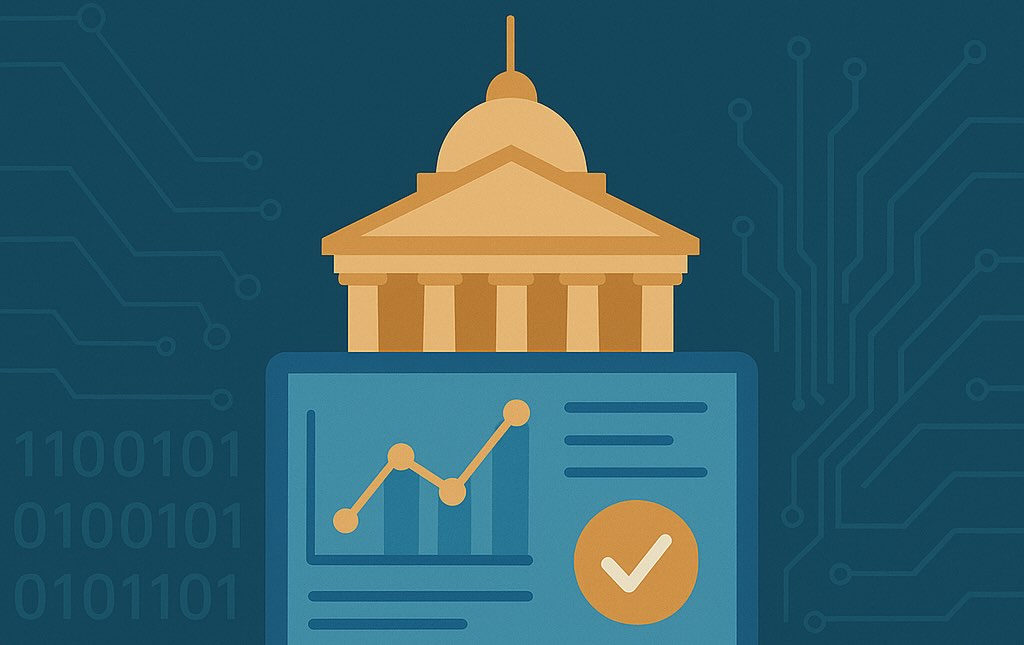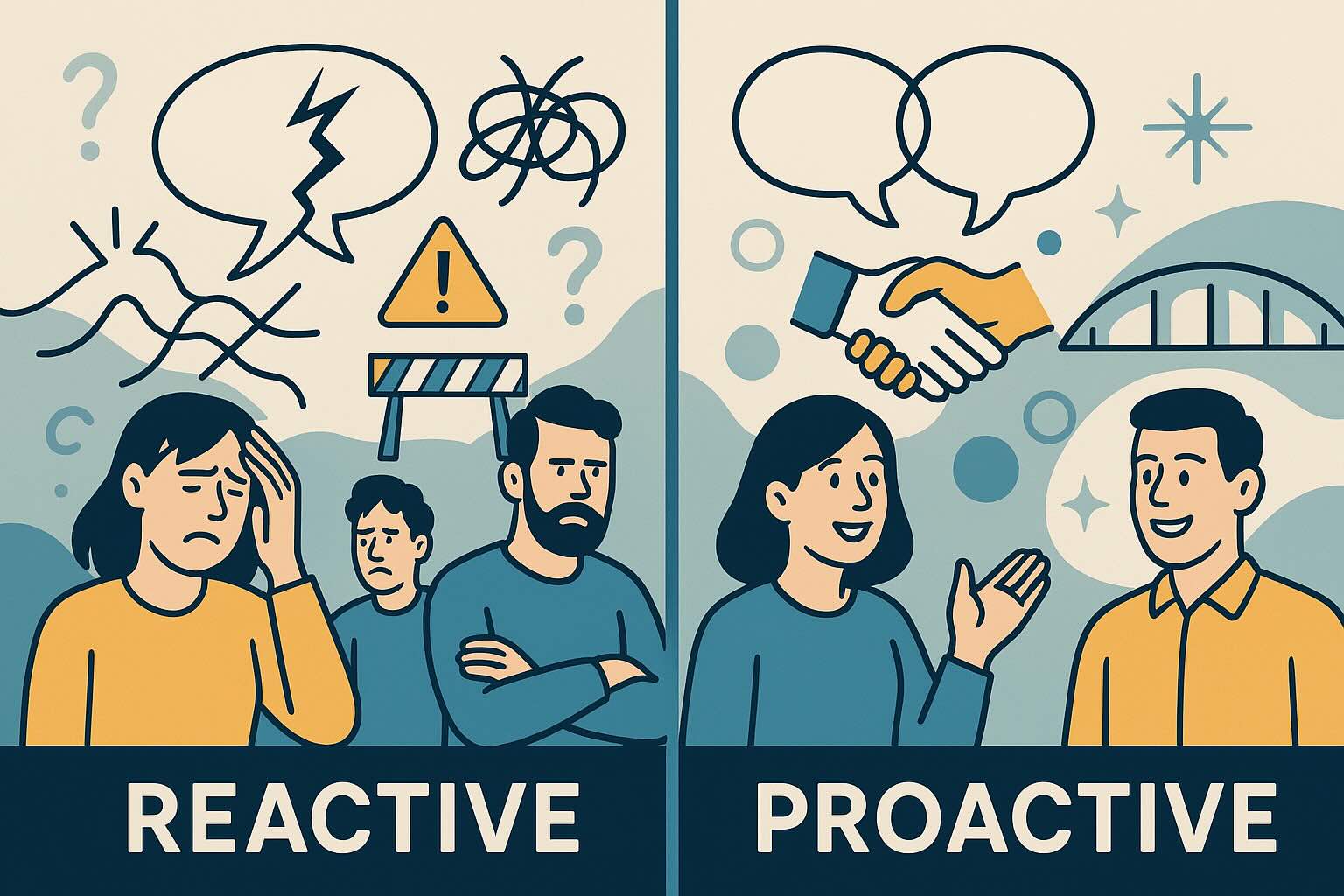Changing How We View Community Engagement
For too long, community engagement has been relegated to the sidelines of organisational strategy. In boardrooms and budget meetings across the country, it's often viewed primarily as a cost centre—a necessary expense that satisfies compliance requirements but doesn't contribute meaningfully to bottom-line results. This perception has positioned engagement teams as implementers rather than strategic advisors, limiting their influence and effectiveness.
This outdated perspective couldn't be further from the truth.
As I've been exploring in my recent video series, it's time to fundamentally reframe how we view community engagement. Rather than a checkbox exercise or compliance burden, strategic community engagement represents one of the most powerful assets in your organisation's toolkit. When properly implemented, it delivers measurable value that extends far beyond simply "keeping the community happy."
The most successful organisations are already making this shift—recognising that quality engagement boosts reputation, reduces operational and reputational risks, and builds the community trust necessary for long-term success. Let's explore why this paradigm shift is so critical and how your organisation can lead rather than follow in this transformation.
The Costly Myth of Engagement as a Cost Centre
The Real Price of Poor Engagement
The belief that minimising community engagement saves money represents one of the most expensive misconceptions in project management today. When organisations view engagement as merely a line item to be reduced, they often end up paying significantly more in the long run.
Consider the local council example highlighted in our recent video: after bypassing meaningful community consultation on a major infrastructure project, they faced intense community backlash that resulted in months of delays, millions in unexpected costs, and severely damaged public trust. What appeared initially as a time and cost-saving measure ultimately multiplied both expenses and headaches.
This example isn't an outlier. Research consistently shows that inadequate community engagement correlates directly with:
- Project delays averaging 4-7 months for major developments
- Budget overruns of 25-50% on infrastructure projects
- Legal challenges that can cost hundreds of thousands in defense
- Staff turnover increases as team members face constant criticism
- Long-term reputational damage that affects future initiatives
The hidden costs extend beyond immediate financial impacts. When organisations fail to engage effectively, they lose valuable community insights that could improve project outcomes, miss opportunities to build supporters and advocates, and create adversarial relationships that complicate future work in the community.
Perhaps most concerning is how these costs compound over time. Once an organisation develops a reputation for poor engagement, each subsequent project starts from a position of community distrust—making every future engagement more difficult and expensive.
Moving from Reactive to Proactive Engagement
Proactive vs. Reactive: Why Getting Ahead Makes All the Difference
The difference between reactive and proactive engagement represents a fundamental strategic choice that shapes everything from community relationships to project outcomes. To illustrate this difference, imagine two local utility companies planning essential infrastructure upgrades:
Council A (Reactive) finalises all plans internally, announces the project with minimal notice, and holds an information session after decisions are locked in. When community members express concerns about construction impacts, Company A defends its decisions and explains why changes aren't possible. The project faces petitions, negative media coverage, and ultimately costly delays.
Council B (Proactive) identifies potentially affected stakeholders months before finalizing plans. They conduct early workshops to understand community needs and concerns, establish a community reference group to provide ongoing input, and adjust project elements based on local knowledge. When construction begins, community members help spread accurate information, address misconceptions, and serve as project advocates.
The outcomes couldn't be more different. Company B's proactive approach results in:
- Stronger community support and fewer objections
- More efficient decision-making with fewer late-stage changes
- Enhanced reputation as a responsive, community-minded organisation
- Identification of potential issues before they become problems
- Higher staff morale and effectiveness
- Better project outcomes that genuinely serve community needs
Importantly, proactive engagement doesn't mean surrendering decision-making authority. Rather, it means making better decisions informed by community expertise and securing the social license necessary for smooth implementation.
The Strategic Benefits of Quality Community Engagement
Unlocking Value: Reputation, Trust, and Risk Management
When positioned correctly within your organisation, quality community engagement delivers strategic benefits that extend far beyond avoiding negative outcomes. It creates positive value that supports organisational objectives at every level.
Reputation Enhancement
In today's interconnected world, organisational reputation represents one of your most valuable assets. Strategic community engagement builds reputational capital in ways that marketing alone cannot. When communities see your organisation consistently engaging authentically and responding meaningfully to their input, you develop a reputation for integrity that distinguishes you from competitors.
Consider the experience of Meridian Energy, which invested in deep community engagement during their wind farm developments. Their commitment to addressing community concerns and creating shared value transformed potentially controversial projects into opportunities for reputation-building. Years later, they continue to benefit from the positive community relationships established through that process.
Trust Building
Trust fundamentally changes how stakeholders interact with your organisation. When community members trust your processes and intentions, they become more willing to:
- Give you the benefit of the doubt during challenges
- Engage constructively rather than adversarially
- Consider your perspective and constraints
- Advocate on your behalf with other stakeholders
- Provide honest feedback that improves outcomes
This trust doesn't develop through superficial engagement. It requires demonstrated commitment to meaningful dialogue and willingness to adapt based on community input. However, once established, this trust creates a reservoir of goodwill that proves invaluable during difficult decisions or unforeseen issues.
Risk Management
Perhaps the most immediate strategic benefit of quality engagement comes through superior risk management. Proactive engagement allows organisations to:
- Identify potential issues before they become crises
- Understand community values and non-negotiables early
- Develop more robust and resilient project plans
- Create early warning systems through community relationships
- Secure the social license needed for efficient operations
These risk management benefits directly impact financial performance through reduced delays, fewer legal challenges, and more efficient resource allocation. For executives focused on bottom-line results, this represents one of the most compelling arguments for investing in strategic engagement.
Making the Shift in Your Organisation
Actionable Steps to Elevate Engagement
Moving from reactive to proactive engagement requires intentional change at multiple levels of your organisation. Here are practical steps you can take to facilitate this transformation:
For Executives and Senior Leaders:
- Position engagement strategically: Ensure community engagement leaders have direct reporting lines to decision-makers and are included in strategic planning processes.
- Resource appropriately: Invest in adequate staffing, tools, and training for engagement teams—recognizing that this represents strategic investment rather than overhead.
- Model engagement leadership: Demonstrate personal commitment by participating in key engagement activities and publicly valuing community input.
- Integrate engagement metrics: Include community relationship measures in your organisation's strategic KPIs and performance reviews.
- Create accountability: Establish clear expectations that project teams will integrate engagement considerations from inception, not as an afterthought.
For Community Engagement Professionals:
- Speak the language of strategy: Frame engagement activities in terms of strategic value, risk management, and opportunity creation rather than compliance.
- Document outcomes: Systematically track and communicate how engagement activities create value and prevent costly problems.
- Build internal relationships: Invest time in educating colleagues across departments about engagement benefits and processes.
- Professionalize practices: Implement consistent methodologies and frameworks that demonstrate the rigor and value of your approach.
- Develop engagement roadmaps: Create clear, proactive plans that anticipate engagement needs rather than responding to them.
For Project Teams:
- Start early: Build engagement considerations into project planning from the conceptual stage.
- Budget realistically: Include adequate resources for quality engagement in project budgets and timelines.
- Value local knowledge: Actively seek and incorporate community expertise into technical planning.
- Close the loop: Demonstrate how community input influences decisions, even when you can't accommodate all suggestions.
- Share success stories: Document and communicate how engagement improves project outcomes.
The organisations that most successfully make this shift recognize that it requires more than procedural changes—it demands a cultural evolution that values community relationships as strategic assets.
It's Time for Your Organisation to Lead, Not React
The evidence is clear: reactive engagement costs more, delivers less, and creates unnecessary risk. Proactive, strategic engagement generates measurable value while building the community relationships essential for long-term success.
Yet despite this compelling case, many organisations continue to undervalue engagement, treating it as a peripheral activity rather than a core strategic function. This creates a significant opportunity for leadership.
By championing the shift from reactive to proactive engagement within your organisation, you position yourself not just as an engagement professional, but as a strategic leader who understands how community relationships drive organisational success. You create competitive advantage while simultaneously serving your community more effectively.
The choice before you isn't whether to engage—it's whether to engage in ways that create strategic value or merely check compliance boxes. The most successful organisations have already made their decision. They're building engagement into their DNA and reaping the benefits of stronger relationships, enhanced reputation, and more efficient operations.
Is your organisation ready to join them? The time to lead is now.
Want to continue the conversation? Join me next week as we explore practical tools for measuring the strategic value of your engagement activities and communicating that value to decision-makers.


